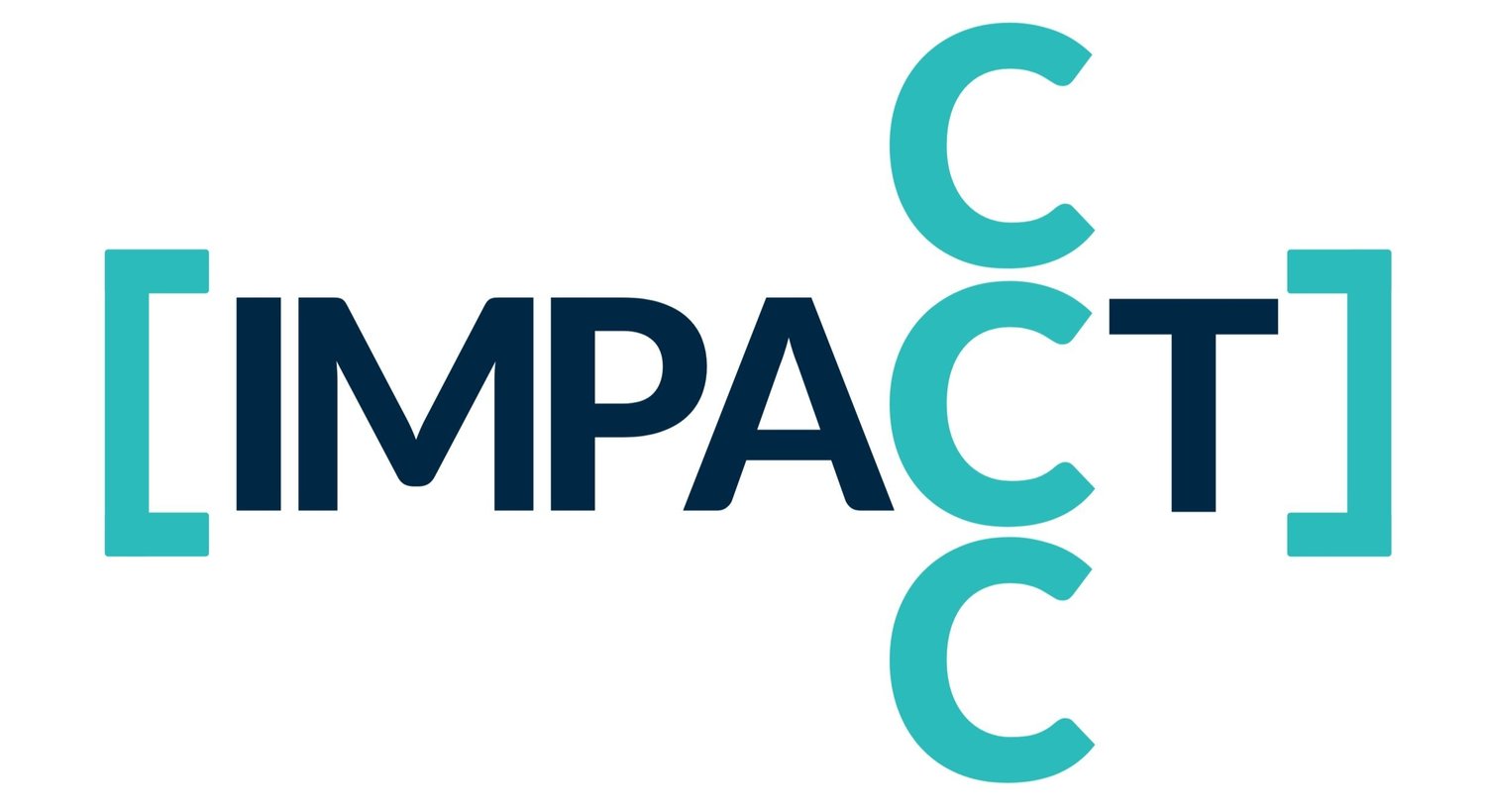Drift Into A Career Or Design Your Own
Have you ever heard of the Peter Principle? It is a concept that happens in most corporate organizations where an individual keeps getting rewarded a promotion for excellent work, up until he reaches his level of incompetence and does not perform as well anymore.
Promotions are irrespective of whether or not the individual has the capability to excel in a new position. In other words, the idea is focused on what we did right on a previous role versus if we have the right skills and characteristics to succeed in the challenges of the new one.
image via Hackernoon
Many of us are so focused on climbing the ladder one step after the next, only to realize that we're on the wrong path. It could be that we've been chasing shiny things, or are so focused on results that we lose sight of what it takes to get it.
The truth about it is that we get promoted and succeed because we’re in our High Performance Zone, and in an environment where we thrive, at least for the time being.
I can relate from personal experience, back when I thought I had it all; The big shot title, the address, the money. Not long after I was put on a Performance Improvement Plan, I was at my worst state mentally and physically, and lost very important relationships.
The result? I drifted to a career in recruitment by circumstance.
Aside from being disrupted, we go through stages in our lives where different aspects are more important than others, causing us to drift in careers or situations we didn't intend to be in.
Design your path
To avoid this from happening, instead of constantly drifting into careers trying to run after the wrong goals, you'll need to create your definition of success, and design the career path you wish to take.
Designing a path is about identifying the right career for you by knowing your High Performance Zone, and how it translates as something you can capitalize on.
While drifting to a career is about making decisions based on current situations and predicaments with short term vision, designing your career is about being intentional and looking at the big picture aspect with long term vision.
It sounds dreamy and ideal, but not only does it take a lot of work, it also takes a lot of courage.
To do this, you'll have to face these questions:
What is important to you?
What are you trying to accomplish?
What risks are you willing to take daily?
What do you want to be remembered for?
What is your ideal life?
The answers will help pave the way in discovering the kind of career you should be considering. Having an introspective look and some feedback will help you know the kind of work that will bring you in your High Performance Zone.
Remember,
Drifting to a career = getting disrupted = no control
Designing your own career = doing the disruption = full control
Explore, reflect, experiment and repeat
High performers don’t struggle with what doesn’t work well for them yet as they’re driven by results. However, letting go of something that IS working but doesn’t serve the purpose as well as they want to anymore... Different story.
Why? Because it means exploring an unknown, different world. It means letting go of the safe, having the fear of failure, and the Analysis Paralysis (underworking due to overthinking) that eventually kicks in.
To reach the next level of your definition of success, you'll have to let go of the familiar, even if it has become part of your identity.
You will be required to explore, reflect, experiment and repeat. Everything new requires us to give it a chance to be experienced and felt. Just thinking about what it could be like doesn’t get us anywhere.
Some practical tips to take note of as you start to design your career:
Volunteer
Put your hands up for ‘extracurricular’ activities in and out of work. Help out on a project in a department, find volunteering groups or Not-For-Profits, or maybe even local small businesses. Give time to set something up you’re interested in like organizing a social gathering, running workshops, introducing a reverse mentoring program.
The goal is to explore and experience to gain first-hand knowledge in either a new position or industry.
Interview
Talk to people in the field/role/industry and hear out what they have to say about their experience. Often we create a romanticized idea about what it would be like to work in a certain profession or company but its highly likely that it's not accurate in real life.
Start your project
And enjoy the process.
If you're looking to grow your career or pivot to a different role or industry, we offer a range of services that can help you. Send us a message to see if you qualify for our programs, and we'll get in touch.



